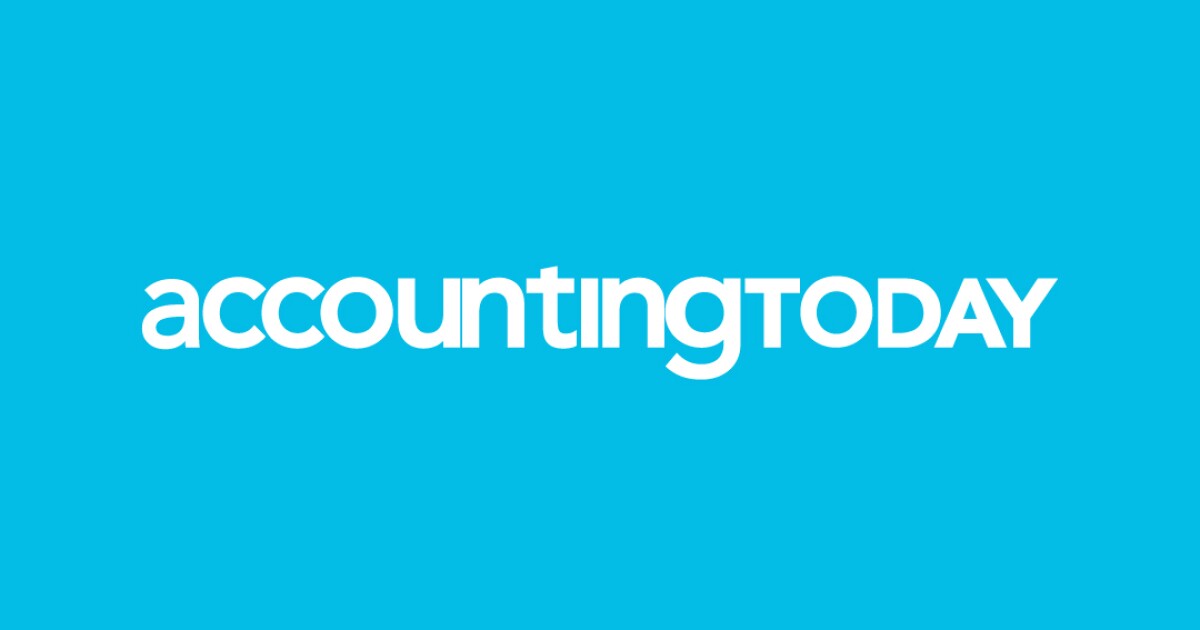Most CPA and accounting firms are busy these days. But having enough work doesn’t always translate to profitability. There are multiple factors that affect profits, of course. And who would know this better than a CPA firm? The one factor I want to draw attention to, though, is clients — and particularly, how to identify best-fit clients.
CPA firms often define the best clients primarily in terms of the amount of money they generate for the firm, and secondarily, in terms of a headache — the less troublesome the client, the better. Of course, this second part is tied to profitability as well — the less non-billable requests, changes and back-and-forths the client has, the less work, thus less costs on our end.
But what about the best-fit clients?
If you were to ask yourself what kind of work would help you get your firm to the next level (whatever level that is for you), you might arrive at the following conclusion: doing more of the kind of work that makes your practice more profitable, makes your people smarter and creates more value to your clients — simultaneously, and on an ongoing basis.
If this is the best kind of work for us, obviously the best-fit clients are the ones who have it in spades. Keeping this in mind, the following exercise will help you identify best-fit clients for your firm.
This exercise works best for CPA firms that have more than a handful of clients (greater than five) but not in the hundreds (less than 100 preferably). If your firm has less than five clients, and you’re busy, most likely you have a client concentration problem. Thus, you should focus on that issue, rather than this exercise. Or if you have clients in triple digits (or more), a different approach is required as there’s more complexity to this matter.
So if your practice has between 10 to 30 clients, this is a perfect exercise for you. It should take you an hour to gather the data, and then about 30 to 60 minutes (subject to the amount of projects carried out) to go through this exercise.
How to find your best-fit clients
First, make a list of all your clients, and then map onto it a list of all the projects/work you’ve carried out during a calendar year.
You should arrive at a spreadsheet where you’d have, e.g., Client A with two projects, Client B with three projects and Client C with one project, etc. You should be able to identify these projects/work, so provide names or short descriptions of the work.
Next, rank each of your client projects/work on a scale of 1-5 based on the following:
* Expertise. How much of your firm’s expertise did this project/work require? (1 if it was a simple project, up to 5 if it was a knowledge-intense, expertise-demanding project that required you to push your then current skills beyond; if you were able to learn something new.)
* Impact. How impactful was this work on your client’s business? (With 5 as very impactful, and 1 as little to no impact.)
* Profit. How profitable was this engagement for your firm? (With 1 meaning profits were lower than your normal profitability, and 5 meaning profits were the highest, and also higher than the industry average.)
Now add up the expertise, impact and profit scores and calculate the average for each client. So if, for instance, you did three projects for Client B, you will calculate average expertise, average impact and average profit for all projects, and add them up to arrive at the average total score for the Client B. Do this for all clients.
Analyzing the scores, notice the client distribution. How many are at the tail end? How big is the difference between lowest and highest scores? Are there any interesting patterns or discoveries? Something to take action on?
The clients with the highest scores, typically at the right end of the distribution, are your firm’s best-fit clients. In other words, they are clients that hire your firm for the kind of work that makes your practice more profitable, makes your people smarter and allows you to create more value them.
The three best-fit client criteria — expertise, impact and profit — aren’t random. These are derived from the application of the SCP model. Your newly acquired knowledge/expertise benefits your employees (S pillar). The impact of your work is valuable/beneficial to your clients (C pillar). And your better-than-average profits are a boon to the competitiveness of your firm (P pillar).
Simultaneous attainment of all three SCP pillars ensures long-term sustainability of your practice.
What’s next?
It’s up to you what to do next. But the most prudent and obvious next steps are to:
- Create a program to search for other best-fit clients;
- Analyze possibilities to elevate other clients to the best-fit threshold; and,
- If your people are already busy, consider firing bad-fit clients (research into professional services firms suggests that these clients typically decrease profitability of the firm).
It makes sense to concentrate your marketing efforts on clients who score the highest. Who are these clients? What do they have in common? Where are you missing out with similar clients?
You could focus on growing your existing best-fit client accounts. You could focus on developing new best-fit business. Or you could do both.
Whatever your next steps are, consider running this exercise at least annually to keep tabs on what your firm’s best-fit clients look like.


